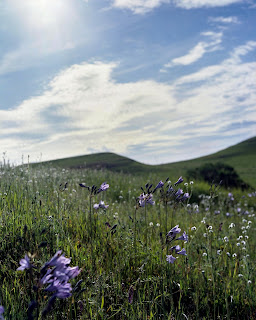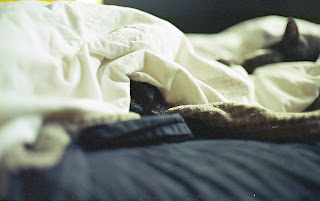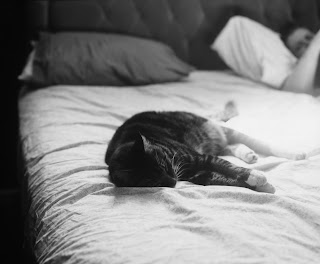Fast forward to the last few weeks, someone else at work gave me an brownie from 1937. I ordered a 3 pack of the Lomography 100 speed film, and somehow I garnered the motivation to re roll the 120 film onto the 620 spool and shoot these damned old cameras. My first attempt at re rolling film went bad and I did wrong. So the results for the brownie box camera didn't come out so great.
Well I got the re rolling thing figured out and decided to test it out on Kodak Vigilant instead of the brownie.
So I drove downtown then decided, I didn't really care to shoot down there and figured whatever I guess I'll head to Old Sac, it has some interesting stuff going on, if you're not there every day.
The camera. The camera is simple. Really simple, not as simple as the brownie Junior, but compared to cameras nowadays, yeah. It basically has 3 modes for the shutter, Interval - which is like 30th of a sec or something, Bulb - for long exposures, and T - for the other bulb setting where you depress once and it stays open until you depress the shutter button again. There is an aperture, its goes from f12.5 to f32, so even though the shutter is only one speed you do get a little wiggle room with exposure, I used that when I was shooting, whether or not it helped, I'm not sure...
The view finder is simple as well and kinda cool. On the lens you have a little mirror view finder thingy that you use like a TLR not exactly viewed from at the waist, but more like mid torso, it can rotate to shoot portrait or landscape orientation. There is also a simple lens lesss flip up landscape finder on the body or what would be the top plate of the camera.
That is pretty much for functions and features, like all manual advance roll film cameras this one has the little window on the back that helps you properly advance the film to the next frame. I think this camera is a 6x9. I got 8 Shots out of a roll of 120.
All in all I had fun shooting this camera, and will likely shoot it again, I am curious about trying some black and white film in it.
The film I shot was Lomography 100




















































